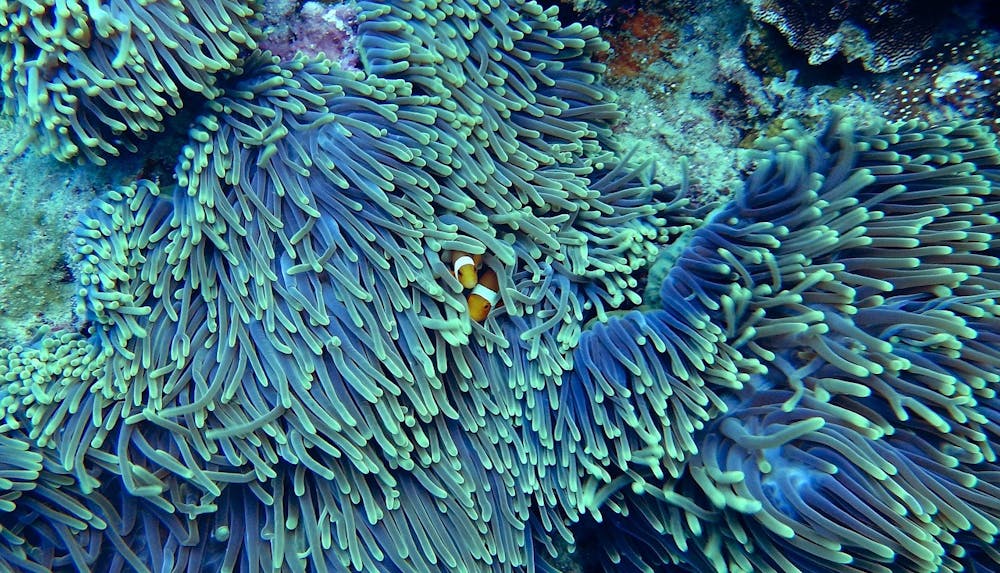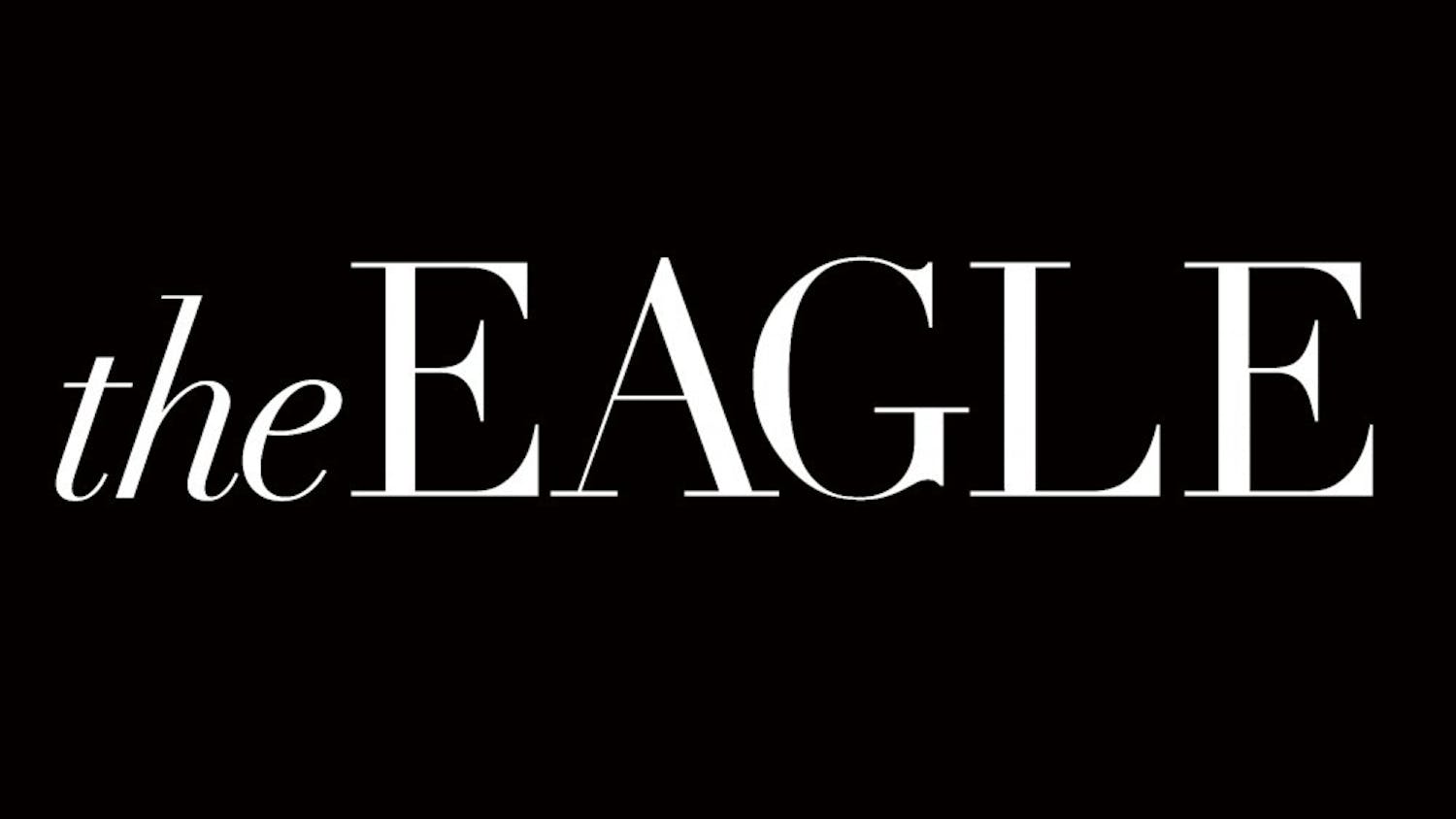The Smithsonian Environmental Research Center partnered with Erinn Muller, a research representative on Florida Keys National Marine Sanctuary, to host a webinar on Jan. 21 highlighting how scientists at Mote Marine Laboratory are working to address coral bleaching along the Florida coastline.
Coral reefs provide habitats and nutrients to a quarter of all marine life, absorbing wave energy to protect Florida’s shoreline which holds various houses and businesses that are vulnerable during hurricanes, according to Muller. Reefs are also a source of cultural practices, food and income for many Americans and provide novel components to fight diseases like Alzheimer’s that detrimentally affect the population.
Despite the reef’s grave importance, Muller said about 98 percent of all original coral on the Florida Coast have died due to mass bleaching events. Once the coral is bleached, it is more vulnerable to contracting debilitating diseases.
Coral is a living animal with tissue and a skeleton of its own. Its vibrant colors come from the algae it houses. In turn, algae provide food in the form of glucose through photosynthesis.
Coral thrives in an environment where the water temperature reaches its threshold at 30.5 degrees Celsius. As the water temperatures grow warmer each year due to the effects of climate change, the algae that provide nutrients for the coral die, and the coral turns white. This color change is known as bleaching.
Mote Marine Laboratory, along with other environmental organizations, have taken action and started doing work to manually restore the coral reefs that have been lost.
Since the start of their mission, Mote has “planted hundreds of thousands of corals onto Florida’s Coral Reef, tested new treatments for worldwide coral diseases, and above all, pioneered efforts to grow, breed, stress-test and preserve thousands of native genetic varieties of corals to ensure that restored reefs carry resilience in their very DNA,” according to their website.
Mote has created its own restoration cycle known as “Mote’s resilient reef restoration cycle” made up of two main processes: asexual fragmentation and sexual reproduction.
Asexual fragmentation is the process of breaking up and fragmenting coral into smaller pieces and carefully growing them to the size of “a small dinner plate” as Muller said, where they will then be strategically placed in colonies in underwater or land nurseries.
All the corals in a colony share the same DNA. As corals grow outward, they fuse when they touch and recognize that they have the same paternal genetics.
Fragmented coral has a higher growth rate. The underwater nurseries can produce up to 30,000 corals in a year and the land nurseries can produce up to 20,000.
As part of Mote’s sexual reproduction process for reef restoration, scientists carefully select the most diverse and reliant samples of coral to then breed and nurture new species of coral. These corals are better equipped to withstand the rising sea temperatures, and once they are distributed back into the ocean they can create a new generation of highly resilient and adaptable coral.
Despite Mote’s restoration work, coral bleaching had a devastating effect on the Laboratory’s water nurseries in the summer of 2023 where a large number of their coral was bleached and died. This setback has not deterred Mote from its mission to continue to breed and nurture the most temperature-resilient coral in the restoration process.
Mote also does reef clean-ups to contribute to the health and prosperity of in-water and developing corals. These clean-ups partner with Mote’s Coral Reef Restoration Crab Hatchery Research Center, where scientists raise and release Caribbean king crabs, which help protect coral reefs by eating algae that suffocate and kill the coral while they are young and vulnerable.
Mote relies heavily on volunteer help and has many ways to get involved, including through diving, helping with fragmenting the coral, giving direct donations, visiting their aquariums and participating in internships that help equip young people with the skills and experiences that are “in need and demand” for conservation work, according to Muller.
All information to help and get involved can be found here.
This article was edited by Conor Gillingham, Marina Zaczkiewicz and Abigail Turner. Copy editing done by Luna Jinks, Olivia Citarella, Emma Brown, Ella Rousseau, Ariana Kavoossi and Charlie Mennuti.





